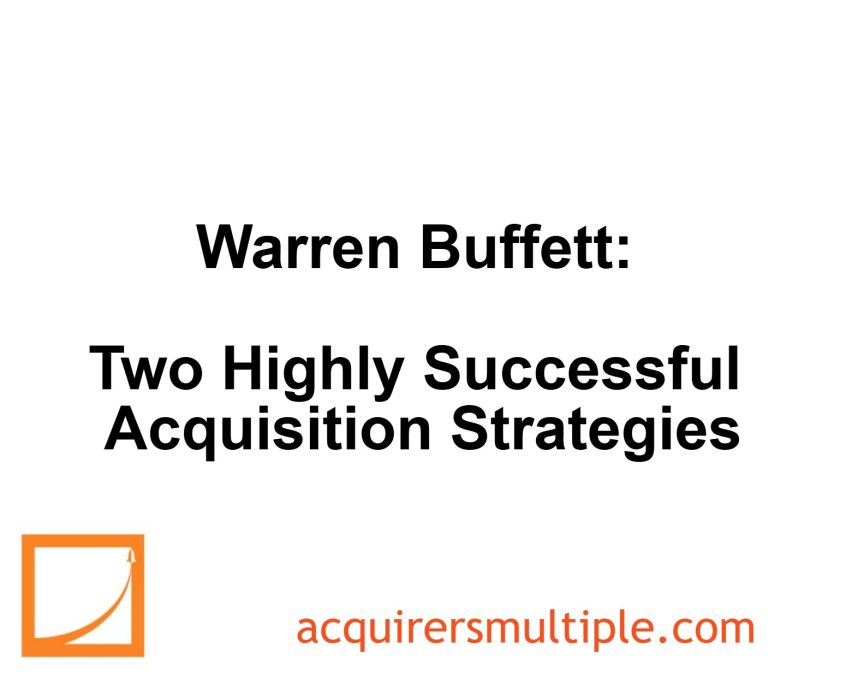In his 1981 Berkshire Hathaway Annual Letter, Warren Buffett describes two successful acquisition strategies. The first targets businesses that thrive in inflation, possessing pricing power and minimal capital needs to scale. However, these businesses are rare and fiercely sought after, driving up competition.
The second strategy depends on exceptional managers who identify undervalued companies (“toads”) and reveal their true value (“princes”). Buffett admires leaders like Tom Murphy for excelling in both categories.
Reflecting on Berkshire Hathaway, he admits to falling short in consistently applying these strategies, noting that while they’ve bought quality businesses, attempts to turn “toads” into “princes” have largely been unsuccessful.
Here’s an excerpt from the letter:
In fairness, we should acknowledge that some acquisition records have been dazzling. Two major categories stand out.
The first involves companies that, through design or accident, have purchased only businesses particularly well adapted to an inflationary environment. Such favored businesses must have two characteristics:
1. An ability to increase prices rather easily (even when product demand is flat and capacity is not fully utilized) without fear of significant loss of either market share or unit volume.
2. An ability to accommodate large dollar volume increases in business (often produced more by inflation than real growth) with only minor additional investment of capital.
Managers of ordinary ability, focusing solely on acquisition possibilities meeting these tests, have achieved excellent results in recent decades. However, very few enterprises possess both characteristics, and competition to buy those that do has become fierce to the point of being self-defeating.
The second category involves the managerial superstars—leaders who can recognize that rare prince disguised as a toad and possess the managerial abilities to peel away the disguise.
We salute such managers as Ben Heineman at Northwest Industries, Henry Singleton at Teledyne, Erwin Zaban at National Service Industries, and especially Tom Murphy at Capital Cities Communications (a real managerial “twofer,” whose acquisition efforts have been properly focused in Category 1 and whose operating talents also make him a leader in Category 2).
From both direct and vicarious experience, we recognize the difficulty and rarity of these executives’ achievements. (So do they; these champs have made very few deals in recent years and often have found repurchase of their own shares to be the most sensible employment of corporate capital.)
Your Chairman, unfortunately, does not qualify for Category 2. And, despite a reasonably good understanding of the economic factors compelling concentration in Category 1, our actual acquisition activity in that category has been sporadic and inadequate. Our preaching was better than our performance. (We neglected the Noah principle: predicting rain doesn’t count; building arks does.)
We have tried occasionally to buy toads at bargain prices, with results chronicled in past reports. Clearly, our kisses fell flat. We have done well with a couple of princes—but they were princes when purchased.
At least our kisses didn’t turn them into toads. And, finally, we have occasionally been quite successful in purchasing fractional interests in easily identifiable princes at toad-like prices.
You can find the entire letter here:
1981 Berkshire Hathaway Annual Letter
For all the latest news and podcasts, join our free newsletter here.
Don’t forget to check out our FREE Large Cap 1000 – Stock Screener, here at The Acquirer’s Multiple:



